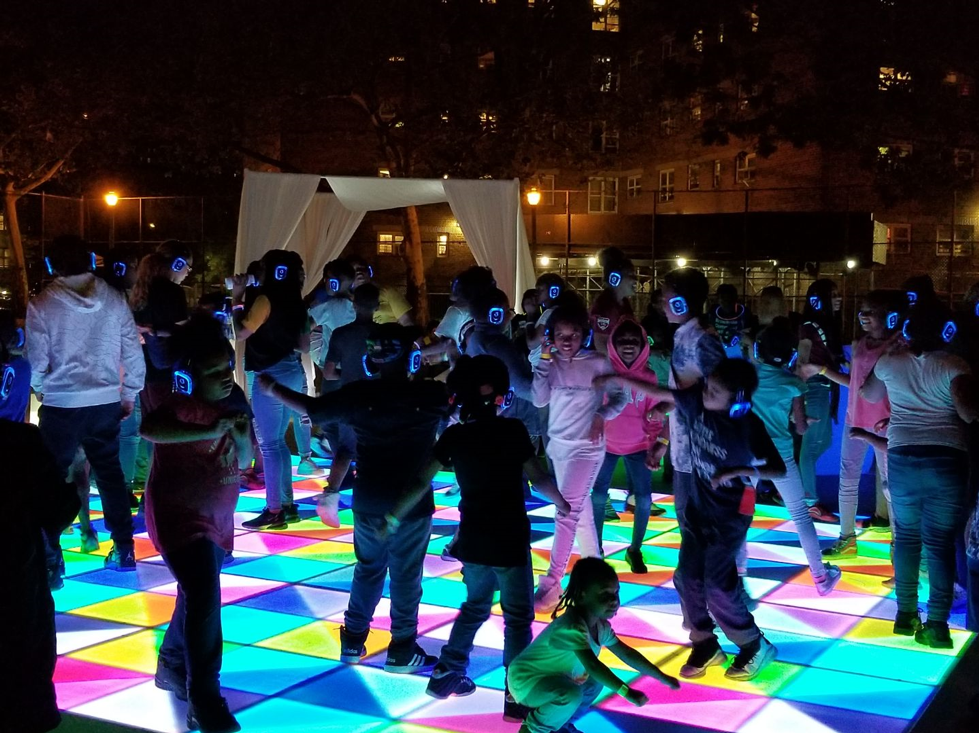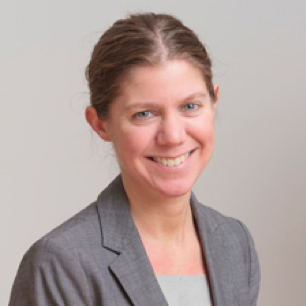Community Engagement Housing February 15, 2021
As we consider the role of law enforcement in our communities, we must acknowledge that the police are not a one-size-fits-all solution to the myriad problems they have been empowered to solve.
Police officers should not be first responders when our loved one’s mental health is compromised, when our child has a bad day at school, when our teenager rebels, when a member of our community is unhoused, or when our neighbor is battling the sickness of substance abuse. Organizations rooted in the community already know that person by name, and we have a responsibility to invest in those organizations’ ability to respond.
In New York City, where I lead the Mayor’s Action Plan for Neighborhood Safety, (also known as MAP) we’ve had demonstrable success doing just that. I work with residents in the city’s most disenfranchised neighborhoods to develop solutions that will make them safe.
True safety lies in networks of strong community leaders, well-resourced local organizations, complete access to opportunity, a responsive government, and the realization of justice. That’s why in New York City, we’ve spent the past four years developing NeighborhoodStat, or NStat.
NStat is a process that brings together neighbors, community organizations, and agencies to support safer, more vibrant communities. The approach is grounded in the belief that public safety cannot exist without the trust and participation of the public. NStat involves these parties meeting regularly and rebuilding trust.
I have sat in on dozens and dozens of NStat conversations with Black and Brown communities, and while there are those for whom safety is very much about law and order, what is more commonly affirmed in those conversations is that safety isn’t about the absence of crime — it’s about the presence of opportunity. This video demonstrates how the process has worked in New York, and gives direct voice to those people’s concerns:
An example of the NStat process at work is in Brownsville Brooklyn, home to the most densely concentrated area of public housing in the United States. It is a vibrant, tight-knit community with a strong sense of pride, and it produces powerful and profoundly committed organizers. Conversely, residents have had to fight against deeply entrenched inequity and disinvestment, and the violence that is a by-product of that condition.
The 73rd Precinct area that includes Brownsville consistently ranks among the top precincts for crime, yet despite what’s happening around it, the Brownsville Houses, arguably through the leadership of its residents and community partners, have continued to buck the trend.
In 2019, as part of NStat, residents of Brownsville Houses noted concern with critical hotspots in their community that they deemed underutilized, poorly taken care of, and vulnerable to negative activity. They also dug into high poverty and high unemployment at Brownsville Houses that make young people vulnerable to crime. In response, residents created B-Lit, an innovative lighting series that included activating public spaces at night-time.
Here’s a picture of the B-Lit project:
The series also offered programming that included a community poetry night titled Poetic Justice; a roller-skating event called Swervin; an employment expo for residents; and a performance of “King Lear” followed by an interactive, guided conversation on about caregiving and death. In each case, the community activated the shared space for a neighborhood event.
Overall, Brownsville Houses have experienced notable declines in major and violent crime and exhibited an almost 87% decline in shootings — the most significant decrease of all developments that are part of the Mayor’s Action Plan for Neighborhood Safety since its launch in 2014.
The NStat process is not a perfect solution to every public safety challenge, but it does strive to serve as a mechanism for residents to achieve their vision of safety for their own communities.
Behind the strategy is the belief that if we really want to understand how to undo the structural damage that has destabilized communities of color, then the government must come down from its ivory tower and take a seat at the people’s table.
A 2019 report from the Center for American Progress noted about NStat that “while this approach may seem like a radical departure from traditional policing-focused methods of crime reduction, the model is firmly grounded in evidence on the factors that influence neighborhood safety.” It also found that because NStat focuses on “micro-level communities,” jurisdictions of all sizes seeking to address public safety through community investment can learn from it.
Crime is an outcome. It’s the product of centuries-long, government-backed structural inequity, disinvestment, and dehumanization. It should not be a surprise that neighborhoods with the least amount of government dollars flowing into the community, the lowest rates of educational attainment, minimal access to fresh food, and the highest rates of incarceration and chronic disease also have the highest crime rates. This is what systemic inequity looks like.
The days of using conditions that the government helped create as an excuse to over police neighborhoods are over. We can no longer strip entire neighborhoods of resources and tell residents to build a future with broken tools. It’s past time to divest from punitive enforcement and invest in well-being and opportunity. The time for communities to self-determine their own safety is now.
Renita Francois is the Executive Director, Mayor’s Action Plan for Neighborhood Safety in New York City



